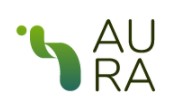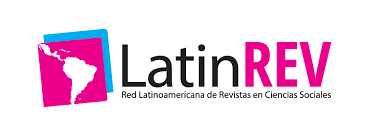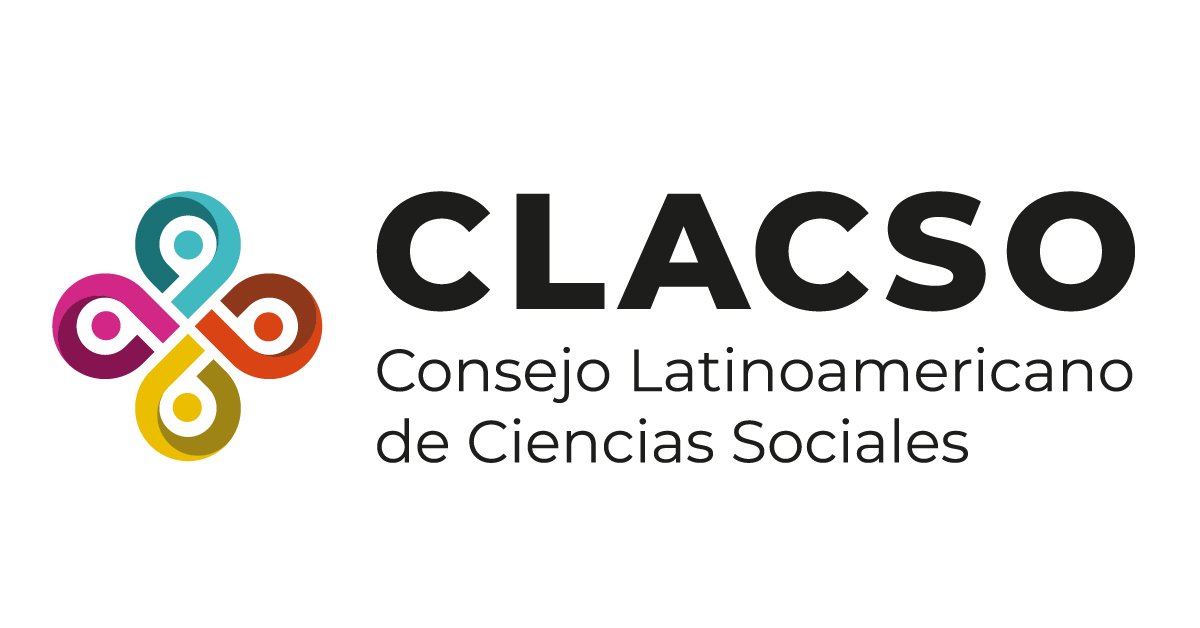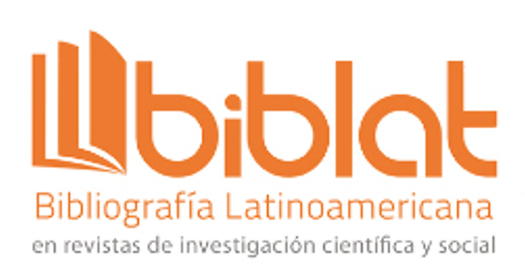Problemáticas y desafíos en la gestión del agua y del territorio en una cuenca urbana embalsada
Problems and challenges of water and territory management in a dammed urban basin
DOI:
https://doi.org/10.47069/estudios-ambientales.v2i2.1584Palabras clave:
cuencas hidrogrpaficas, embalses, actores sociales, usos del suelo, gestión ambiental, watersheds, reservoir, stakeholders, land uses, environmental managementResumen
La construcción de embalses produce transformaciones en las características y funcionamiento de las cuencas hídricas a diferentes escalas. El objetivo del presente trabajo es analizar las formas de ocupación y usos del suelo en la cuenca urbana embalsada del Lago del Fuerte (Buenos Aires, Argentina), las cuales son producidas por la superposición de actores, lógicas e intereses diversos. Además, se evalúan las problemáticas asociadas al embalse emanadas de las dinámicas propias del sistema socio-ecológico.
La investigación combinó el uso de técnicas cuantitativas y cualitativas para el tratamiento de información primaria y secundaria. Se realizó observación documental –periódicos locales, normativa vigente a escalas nacional, provincial y local–, relevamiento y observación directa en campo y entrevistas a informantes calificados.
Se evidenció la superposición de actores y marcos regulatorios sobre el área de estudio, así como modificaciones en el uso del suelo con el consiguiente desarrollo e intensificación de problemáticas sobre la calidad del agua del embalse.
Se torna imperioso profundizar en el desarrollo de una visión integral del territorio y de los recursos hídricos que articule a su vez los diferentes actores involucrados en el uso, regulación y gestión del área de estudio.
Abstract
The construction of reservoirs produces transformations in the water basins features and functioning at different scales. On the one hand, this work aims to analyze the occupation modes and land uses in the Lago del Fuerte dammed urban basin (Buenos Aires province, Argentina) produced by the overlap of diverse stakeholders, logics, and interests. On the other hand, it aims to evaluate the problems associated with the reservoir arising from the dynamics of the socioecological system.
The research combined the use of quantitative and qualitative techniques for the analysis of primary and secondary information. Documental observation was carried out with local newspapers and current regulations at national, provincial, and local scales, a survey, direct field observation, and interviews to qualified informants.
The overlapping of stakeholders and regulatory frameworks on the study area was evidenced. Also, modifications of land uses, together with the development and intensification of problems on the water quality of the reservoir were detected.
The results show that it has become compelling to work on a comprehensive vision of territory and water resources that articulates simultaneously different stakeholders involved in the use, regulation, and management of the study area.
Citas
Ansari, A. A., Singh, S., Lanza, G. R., & Rast, W. (2011). Eutrophication: causes, consequences and control. Springer, the Netherlands, 394 pp.
Berkes, F., Folke, C., Colding, J. (2000). Linking social and ecological systems: management practices and social mechanisms for building resilience, Cambridge University Press, 459 pp.
Binder, D., Thomas, Y., Beyries, S., Bracco, J.P., Callou, C. (2013). Systèmes culturels, stratégies et pratiques d'exploitation, de contrôle et de gestion des environnements, Les Cahiers Prospectives, CNRS, pp. 111-118.
Carpenter, S. R., Caraco, N. F., Correll, D. L., Howarth, R. W., Sharpley, A. N., & Smith, V. H. (1998). Nonpoint pollution of surface waters with phosphorus and nitrogen. Ecol. Appl. 8: 559-568. https://doi.org/10.2307/2641247
Cifuentes, M. R. (2012). Algas cianofitas y aptitud recreativa del Lago del Fuerte (Partido de Tandil). Tesis de Licenciatura en Diagnóstico y Gestión Ambiental. F.C.H. – UNICEN. Inf. Inédito.
Cifuentes, M. R. (2020). Estudio ecohidrológico del embalse eutrófico Lago del Fuerte (Tandil, Provincia de Buenos Aires). Tesis del Doctorado en Ciencias Naturales. Universidad Nacional de La Plata. N° 1614. 178 pp.
Edmondson, W. T. (1991). The uses of Ecology. Lake Washington and beyond. The Jessie and John Danz Lectures. University of Washington Press. 329 pp.
Fernández Equiza, A. (2017). El crecimiento de la ciudad de Tandil, actores y conflictos. Fernández Equiza (Ed.) Debates sobre desarrollo y naturaleza. Tandil, Argentina. pp. 235-277.
Holling, C. (2001). Understanding the Complexity of Economic, Ecological and Social Systems. Ecosystems 4, pp. 390-405. https://doi.org/10.1007/s10021-001-0101-5
IHLLA (Instituto de Hidrología de Llanuras). (1995). Diagnóstico limnológico, sanitario, ictiológico y estado ambiental del Lago del Fuerte, ciudad de Tandil. Informe final a la Municipalidad de Tandil, marzo de 1995, 160 pp.
IHLLA (Instituto de Hidrología de Llanuras). (2005). Estudio de la calidad del agua del Lago del Fuerte, Tandil. Diagnóstico. Informe Nº 3 a la Municipalidad de Tandil, marzo de 2005. 17 pp. y anexos.
Lagadeuc, Y., Chenorkian, R. (2009). Les systèmes socio-écologiques: vers une approche spatiale et temporelle, Natures Sciences Sociétés 2009/2, vol. 17, pp. 194-196. https://doi.org/10.1051/nss/2009032
Lan, D., Linares, S., Di Nucci, J., y López Pons, M. M. (2010). La lógica de la organización espacial de la ciudad de Tandil. En: Elias, D. Beltrão Sposito, M. E. y Piberiro Soares, B. (Org): Agentes Econômicos e restauraçâo urbana regional. Tandil e Uberlândia. Editora Expressão Popular, San Pablo, Brasil. pp. 29-155.
Margalef, R. (1983). Limnología. Omega. 1023 pp.
McCartney, M. P., Sullivan, C., & Acreman, M. C. (2001). Ecosystem impacts of large dams: Background Paper Nr. 2. IUCN / UNEP / World Commission on Dams, ZA. 76 pp.
Mendiondo, E. M. (2009). Global Review of Lake and Reservoir Eutrophication and Associated Management Challenges. Disponible en: http://www.ilec.or.jp/ILBMTrainingMaterials/resources/eutrophication_challenges.pdf
Ministerio de Ambiente y Desarrollo Sustentable. Presidencia de La Nación. (2016). Informe del estado del ambiente. Disponible en: https://www.argentina.gob.ar/sites/default/files/mayds_informe_estado_ambiente_2016_baja_1_0.pdf
Ortega, E. (2009). The role of dams and hydropower in Argentina. The International Journal on Hydropower & Dams. Vol.16, Issue 3. pp. 1-3.
Palau, A. (2003). Medidas de gestión y adecuación ambiental de embalses frente a la eutrofia. Limnetica 22 (1-2): 1-13. DOI: 10.23818/limn.22.01
Rodríguez, E., Rosa, S., y Salinas, B. (2008). Levantamiento topo-batimétrico de la zona del Lago del Fuerte (Tandil) para apoyo de obras de saneamiento. Universidad Nacional de La Plata. Facultad de Ingeniería. Departamento de Agrimensura, Trabajo final. 207 p.
Rodríguez, C. I. (2014). Evaluación ambiental del uso y gestión del agua subterránea en el partido de Tandil. Pautas para su gestión sustentable. Tesis del Doctorado en Ciencias Naturales. Universidad Nacional de La Plata. N° 1313. 217 pp.
Serrano, L., Reina, M., Quintana, X. D., Romo, S., Olmo, C., Soria, J. M., Blanco, S., Fernández-Aláez, C., Fernández-Aláez, M., Caria, M.C., Bagella, S., Kalettka, T., Y Patzig, M. (2017). A new tool for the assessment of severe anthropogenic eutrophication in small shallow water bodies. Ecol. Indic. 76, pp. 324-334. https://doi.org/10.1016/j.ecolind.2017.01.034
Smith, V. H., & Schindler, D.W. (2009). Eutrophication science: ¿where do we go from here? Trends in Ecology & Evolution, 24, 4, pp. 201-207. ISSN 0169-5347, https://doi.org/10.1016/j.tree.2008.11.009
Straskraba, M., and Tundisi, J.G. (1999). Chapter 3. Technical aspects of reservoir construction. En: Guidelines of lake management. Vol 9. Reservoir water quality management. International Lake Environmental Commission. Japan. pp. 29-34.
Toja, J. (1982). Control de la eutrofia en embalses por utilización selectiva de agua a distintas profundidades. Revista de obras públicas. pp. 223-231.
Vollenweider, R. (1976). Advances in defining critical loading levels for phosphorus in lake eutrophication. Mem. Ist. Ital. Idrobiol. 33, 53-83.
Wetzel, R. G. (2001). Limnology, 3 ed. Saunders.














